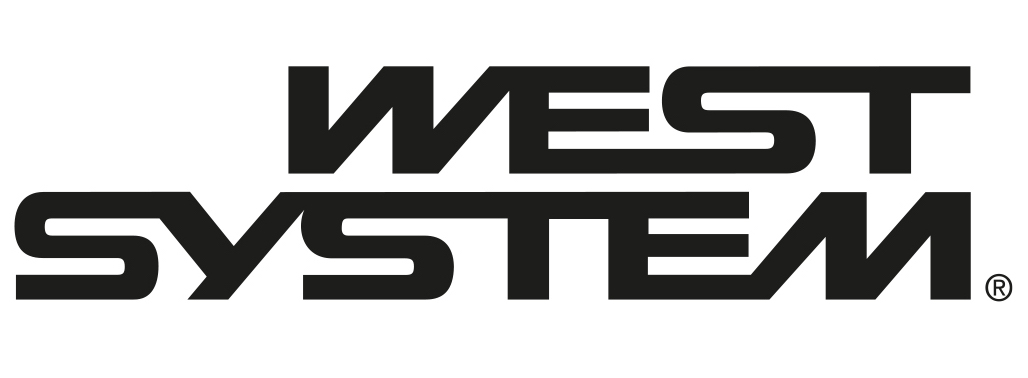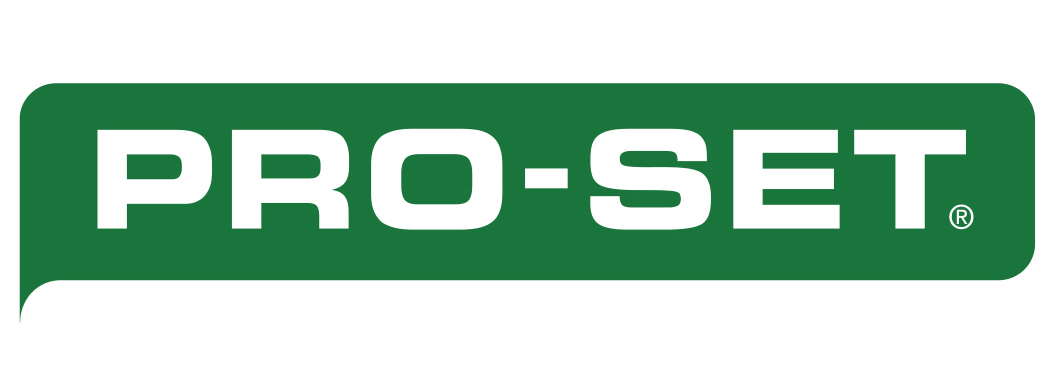Two-step process for adding fillers and additives
Four consistencies of epoxy: find the best for your project
TWO-STEP PROCESS FOR ADDING FILLERS AND ADDITIVE
Follow these two steps to add filler to a resin/hardener mix. Additives are also blended with mixed epoxy in a similar process but they are not designed to thicken the epoxy.
1. MIX
Mix the desired quantity of resin and hardener thoroughly before adding fillers. Begin with a small batch and allow room for the filler.
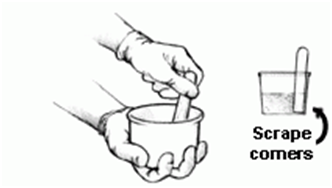
Stir resin and hardener together thoroughly. Stir for at least 1 minute longer in cooler temperatures.
2. ADD AND BLEND
Blend in small quantities of the appropriate filler until the desired consistency is reached. Ensure the filler is thoroughly blended before the mix is applied.
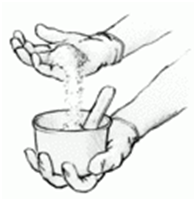
Stir in small handfuls of filler until the desired consistency is reached.
For maximum strength, add only enough filler to completely bridge gaps between surfaces without sagging or running out of the joint or gap. A small amount should squeeze out of joints when clamped. When making fairing compounds, add as much 407 or 410 as can be blended in smoothly. For easy sanding, the thicker the viscosity, the better. Spread the mix into a thinner layer, either around the inside of the mixing cup or onto a flat non-porous surface or palette, to extend the working life.
FOUR CONSISTENCIES OF EPOXY: FIND THE BEST FOR YOUR JOB
Epoxy can be thickened to the ideal consistency needed for a particular job. It can be useful to think of these common consistencies as: syrup, ketchup, mayonnaise and peanut butter. The viscosity or thickness of a mix required for a specific job is controlled by the amount of filler added. There is no strict formula or measuring involved – visually judge the consistency which is best suited for the task in hand.
| Consistency | Unthickened Syrup |
Slightly thickened Ketchup |
Moderately thickened Mayonnaise |
Maximum thickness Peanut butter |
|---|---|---|---|---|
| General appearance | 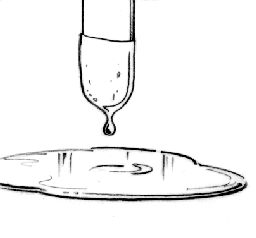 |
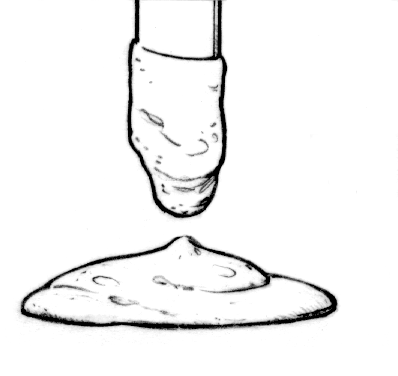 |
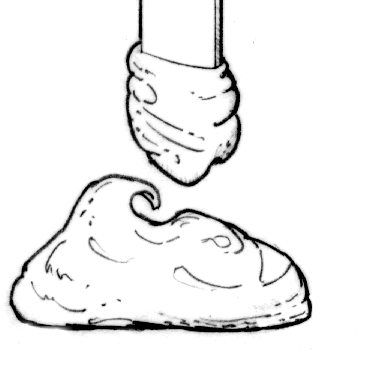 |
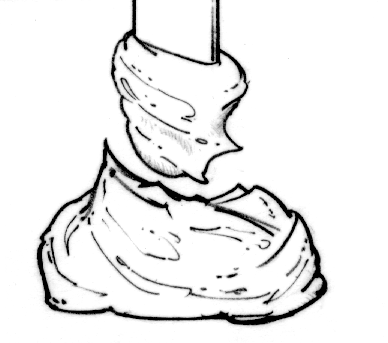 |
| Characteristics | Drips off vertical surfaces. | Sags down vertical surfaces. | Clings to vertical surfaces. Peaks fall over. | Clings to vertical surfaces. Peaks stand up. |
| Uses | Coating, ‘wetting-out’ before bonding, applying fibreglass, graphite and other fabrics. | Laminating or bonding flat panels with large surface areas, injecting with syringe. | General bonding, filleting, hardware bonding. | Gap filling, filleting, fairing, bonding uneven surfaces. |
